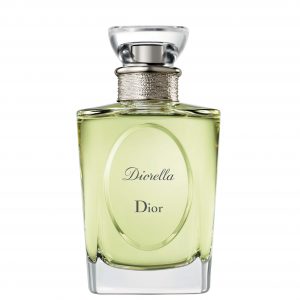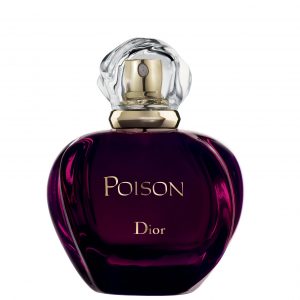

The rise of the middle class and the liberation of morals redrew the olfactory landscape of the 1970s. By the end of the sixties, a wind of freshness was blowing through perfumery, embracing the desire for women’s emancipation. The launch of Yves Saint Laurent’s Opium at the end of the decade marked a turning point towards the opulence of the 1980s.
Like Ô by Lancôme (1969) or Eau de Rochas (1970), fresh waters embody the relaxed and liberated elegance of the seventies. Green notes were in fashion (N°19 and Cristalle, by Chanel). The chypres gained in clarity, like Diorella (1972), which aerates the chypre accord (bergamot, rose, jasmine, oakmoss, patchouli, and labdanum) with citrus, peach, and melon.
The men’s wardrobe, until now rather androgynous, draws on a darker, woody, leathery register (Gentleman by Givenchy, Yatagan by Caron).
This decade shifted to a new, lavish era with the launch of Opium in 1977. Yves Saint Laurent brings orientals back into fashion (vanilla, balsams), neglected since the war. An amber, woody, and spicy floral, powerful, with a sulphureous name.
In its wake, “shoulder-padded perfumes” were born, reflecting the exuberance of the 80s. It was time for heady, multi-faceted perfumes, cultivating floral, chypre and oriental notes (Coco by Chanel, Giorgio, Obsession by Calvin Klein). In 1985, Poison by Dior, an icon of the eighties, features an explosive tuberose, hemmed in with plum and spices. This intoxicating accord of white flowers and balms inspired Cacharel’s Loulou two years later. More virile, men’s fragrances also convey this idea of strength.
Wakes that are considered flashy today. However, current blockbusters have nothing to envy them. They do not cease, moreover, to revisit the myths of these glittering years in a greedy spirit (Coco Mademoiselle, Black Opium, Poison Girl…).
https://www.dior.com/fr_fr/parfum
Sophie Normand
